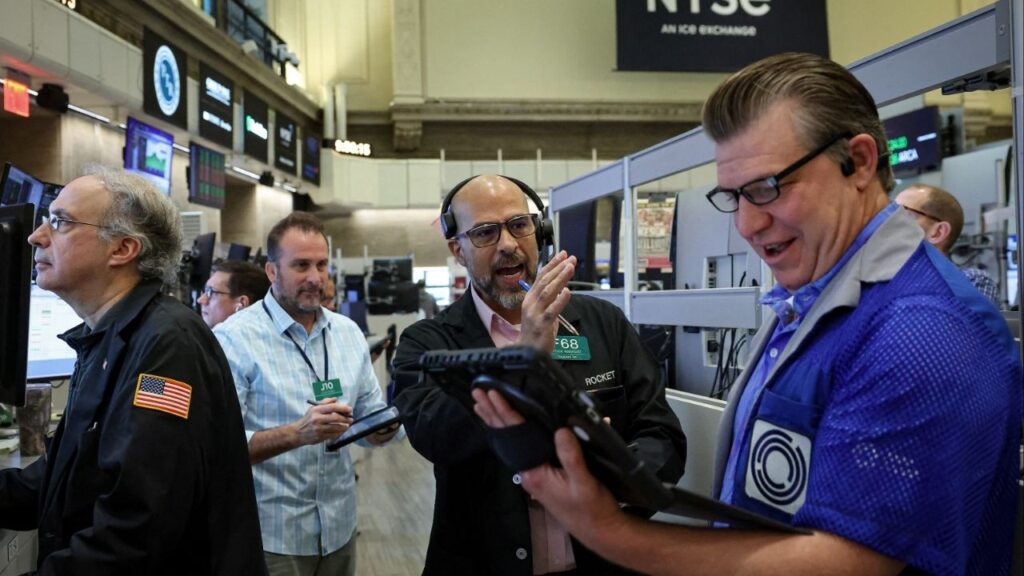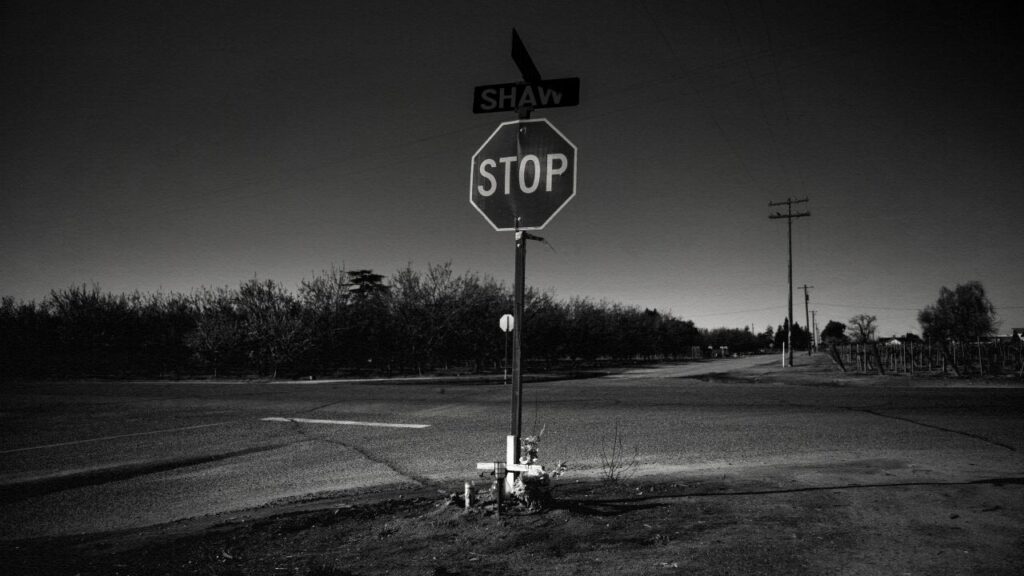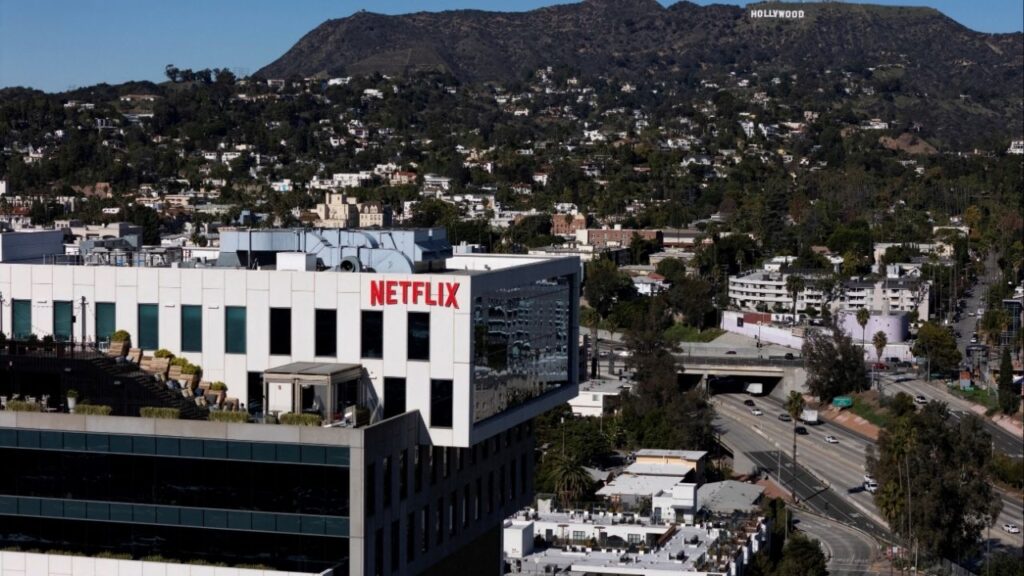Share
|
Getting your Trinity Audio player ready...
|
![]()
■California’s primary elections used to be held in June.
■Democrats changed the primary date to March in 2020.
■Changes have led to low voter turnout and confusion.
California used to have a reasonably workable primary election. It was in June of each election year, giving voters in the two major parties opportunities to select their candidates who would then face-off five months later in the November general election.

Dan Walters
CalMatters
Opinion
Primary elections also would host preliminary contests for nonpartisan local offices and decide any initiative ballot measures that had qualified.
Usually there was enough on the ballot to draw substantial numbers of voters to the polls. A half-dozen well-known Republicans vied for the party’s U.S. Senate nomination in 1982, for instance, and Proposition 13, the iconic property tax cut measure, won voter approval in the 1978 primary.
However, politicians eventually started messing with it, particularly after Democrats became California’s dominant party. Democratic politicos felt left out when presidential nominees were chosen via earlier primaries in other states. They also didn’t like having conservative ballot measures, such as Prop. 13, decided in June because a primary election’s lower voter turnout would help those measures win.
Top-Two System Is a Failure
Democratic majorities in the Legislature fiddled around with having primaries earlier in election years. After several inconclusive experiments, they finally decided that beginning in 2020 primaries in presidential election years would be held in March, rather than June. They also decreed that no initiative ballot measures would be placed on primary ballots.
Meanwhile, moderate Republicans, via a parliamentary power play, pushed another big change through the Legislature and won voter support. It changed California’s primary election from a closed system – voters participating within their parties – to an open top-two system in which all candidates appear on the same ballot and the top two finishers qualify for the November ballot regardless of party.
Sponsors hoped that it would tend to produce more centrist legislators in both parties and initially seemed to have that effect after debuting in 2010. But its impact was quickly overshadowed after Democrats captured immense margins in both legislative houses. Instead, clever campaign strategists game the top-two system by trying to get the weakest would-be opponents on the November ballot.
This year, for example, the leading Democratic candidate for U.S. Senate, Adam Schiff, is spending heavily on ads that promote Republican Steve Garvey, in hopes that he, rather than one of the other two Democratic candidates, will finish in second place.
California’s Boring Primaries
Overall, these systemic changes have not had the positive effects their advocates promised.
California is no more relevant in the selection of presidential nominees than it ever was. Legislative and congressional candidates must begin raising money and campaigning nearly a year before the final election. Finally, banning initiative ballot measures from primary elections depresses voter interest while concentrating them in November contributes to voter confusion.
March primaries are mostly boring, which translates into low voter turnout even though the Legislature has made voting increasingly easy by making voter registration more or less automatic, making mail-in voting the default mechanism, and sending ballots to all of the state’s 22 million registered voters.
A recent Public Policy Institute of California poll revealed that fewer than 40% of registered voters are either “extremely” or “very” enthusiastic about the presidential election and enthusiasm dropped to 28% about congressional races.
Paul Mitchell, California’s go-to expert on voting patterns, notes that a week before the March 5 primary, only 1.7 million ballots had been received by county election offices and projected that this year’s primary would set an all-time record for low turnout, 29%.
In effect, while Democrats say they want to maximize voter participation, their changes in the primary system are effectively minimizing turnout. It’s time to go back to the drawing board.
About the Author
Dan Walters has been a journalist for nearly 60 years, spending all but a few of those years working for California newspapers. He began his professional career in 1960, at age 16, at the Humboldt Times. CalMatters is a public interest journalism venture committed to explaining how California’s state Capitol works and why it matters. For more columns by Dan Walters, go to calmatters.org/commentary.
Make Your Voice Heard
GV Wire encourages vigorous debate from people and organizations on local, state, and national issues. Submit your op-ed to bmcewen@gvwire.com for consideration.
RELATED TOPICS:
Categories

Clovis Hit-and-Run Forces Car Into Light Pole, Injuring Driver

Paramount Says Money Is No Object. Warner Bros. Isn’t Convinced.
















